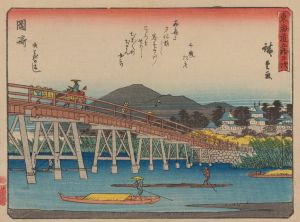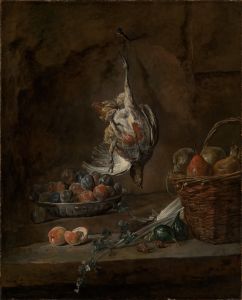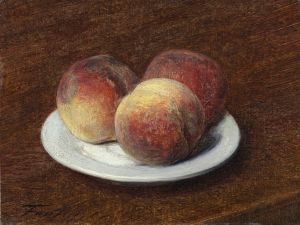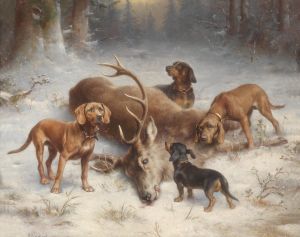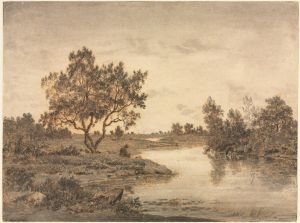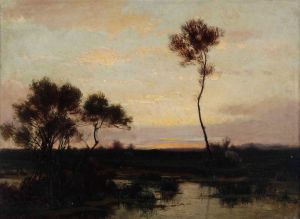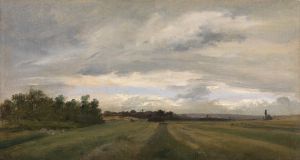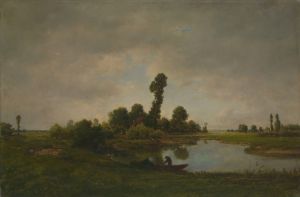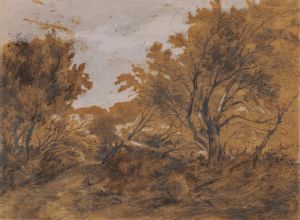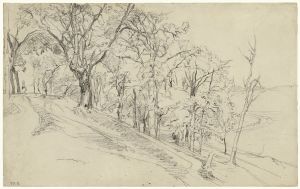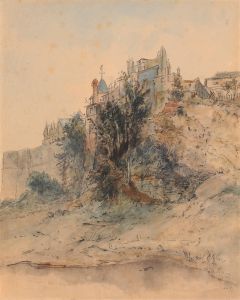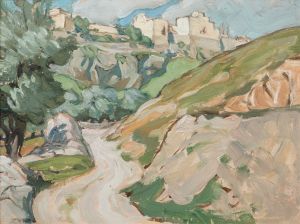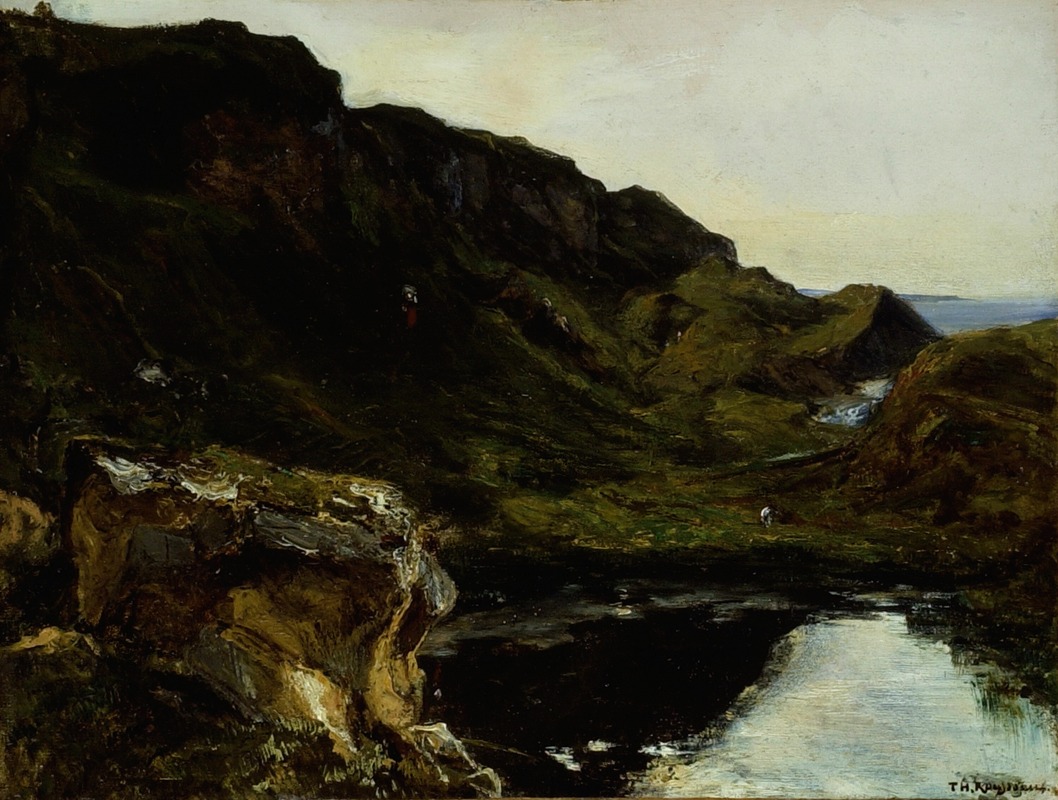
Landscape
A hand-painted replica of Théodore Rousseau’s masterpiece Landscape, meticulously crafted by professional artists to capture the true essence of the original. Each piece is created with museum-quality canvas and rare mineral pigments, carefully painted by experienced artists with delicate brushstrokes and rich, layered colors to perfectly recreate the texture of the original artwork. Unlike machine-printed reproductions, this hand-painted version brings the painting to life, infused with the artist’s emotions and skill in every stroke. Whether for personal collection or home decoration, it instantly elevates the artistic atmosphere of any space.
Théodore Rousseau was a prominent French painter and a leading figure of the Barbizon School, a movement that emerged in the mid-19th century. This group of artists was known for their realistic and naturalistic depictions of landscapes, often painted en plein air, or outdoors, to capture the true essence of nature. Rousseau's work, "Landscape," is a testament to his dedication to portraying the natural world with sincerity and depth.
"Landscape" by Théodore Rousseau exemplifies the artist's mastery in capturing the subtle nuances of the natural environment. Although specific details about this particular painting are scarce, Rousseau's landscapes generally reflect his profound connection with nature and his innovative approach to landscape painting. His works often feature dense forests, expansive skies, and the interplay of light and shadow, which he observed during his extensive travels throughout the French countryside.
Rousseau was born on April 15, 1812, in Paris, France. He showed an early interest in art and began his formal training at a young age. By the 1830s, he had started to gain recognition for his landscape paintings. However, his work was initially met with resistance from the traditional art establishment, which favored historical and religious subjects over landscapes. Despite this, Rousseau continued to pursue his passion for depicting nature, eventually gaining acceptance and acclaim.
The Barbizon School, named after the village of Barbizon near the Forest of Fontainebleau where many of these artists gathered, was characterized by its focus on realism and the beauty of the natural world. Rousseau, along with other artists like Jean-François Millet and Camille Corot, sought to break away from the idealized landscapes of the past and instead present nature in its true form. This approach was revolutionary at the time and laid the groundwork for future movements such as Impressionism.
Rousseau's "Landscape" likely embodies the key elements of his style: a meticulous attention to detail, a harmonious composition, and a deep appreciation for the natural world. His paintings often convey a sense of tranquility and timelessness, inviting viewers to immerse themselves in the serene beauty of the scenes he depicted. Rousseau's ability to capture the changing moods of nature, from the soft glow of dawn to the dramatic shadows of dusk, is a hallmark of his work.
Throughout his career, Rousseau faced numerous challenges, including health issues and financial difficulties. Despite these obstacles, he remained committed to his art and continued to produce remarkable works until his death on December 22, 1867. Today, Rousseau is celebrated as one of the pioneers of modern landscape painting, and his influence can be seen in the works of many subsequent artists.
In summary, while specific information about the painting "Landscape" by Théodore Rousseau is limited, it can be appreciated within the broader context of his contributions to the Barbizon School and the evolution of landscape painting. His dedication to capturing the essence of nature and his innovative techniques have left a lasting legacy in the art world.





